When we hear the word “Japanese food”, I’m sure one particular thing that comes to our mind is “Ramen”. This prominent dish is definitely one of the many reasons why Japan is a go-to country in the world. Now it has stepped out of Japan and loved all over the world. One may ask, what is “Tokyo Ramen”? How did it gain its popularity? How to make one? This article will satisfy your curiosity.
What is Tokyo Ramen?
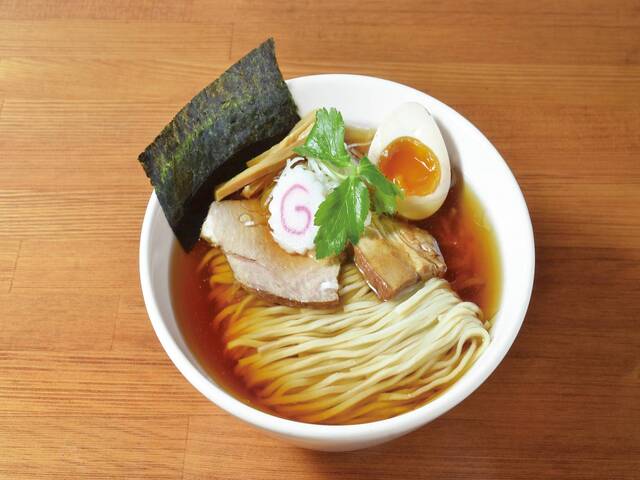
Tokyo Ramen is the representative of “soy sauce ramen” and is the prototype of all ramen. It is simple and an orthodox style noodle made from soy sauce, chicken bone broth sometimes pork stock or seafood soup, vegetables, and medium-thin noodles. It may sound typical, but the taste is surely timeless that will keep you wanting for more. Improvements came as time progress; some stores add boiled eggs, spinach, nori seaweed, chopped green onions, and even naruto, in which way everyone feels nostalgic for.
Fun fact, you must be thinking, “naruto” as the anime character, “Naruto” in Japan is actually “Narutomaki” a type of kamaboko, or Japanese fish cake, that features a pink swirl in the center. Its name likely comes from the naturally occurring Naruto whirlpools located in the Naruto Strait between Shikoku and Awaji Island in Japan.
History of Tokyo Ramen
There are various theories about its origin, one of which, soy sauce ramen came about in Meiji 43 (1910). Served in the now-defunct Asakusa “Kurizuken” under its first name “Tokyo Ramen” where it first originated. The history of Tokyo Ramen evolved remarkably in the 90’s. One shop in particular sets its mark in making Tokyo Ramen, the “Nanden Kanden”, founded in 1987. The owner even boasted that he started the use of pork broth for the soup instead of chicken bone broth. As a result, long queue in front of his shop lasts even at midnight.
Despite the existence of Nanden Kanden there were three more popular restaurants came about in the year 1996 that will give a major turning point for “Tokyo Ramen’s” evolution. These restaurants where Noodle Shop Musashi, Chinese Soba Aoba and Kujiraken. The said restaurants created a bestselling ramen without being bound with the traditional way of making ramen. Their main contribution was the “double soup” wherein they combined animal-based broth with seafood-based broth. Moreover, Noodle Shop Musashi paved the path for another pioneering ramen ingredient which is the “Saury Flakes”.
Ramen similar to Tokyo Ramen
Tokyo Ramen (東京ラーメン) is a representative of “soy sauce ramen” and the original form of ramen. It is most commonly made with Japanese broth, soy sauce sauce, and medium-thin, shrink-wrapped Chinese noodles. There are many similar soy sauce ramen in Japan.
Kitakata Ramen
Matured flat noodles with a soy sauce base are the signature of Kitakawa ramen. The noodles have a width of about four millimeters and a flat and curly shape. The ramen is usually garnished with green onions, naruto (fish cakes), dried bamboo shoots, and above all, Chashu (roasted pork fillet) or Char Siu (Chinese BBQ Pork).
Jyumonji Ramen
The soup has a seafood flavor with soy sauce. It uses Akita’s smooth soy sauce with a light touch and Japanese-style broth made from bonito, dried sardines, and kelp. A distinctive feature of the toppings is that they include fried food besides usual ingredients like Menma and Naruto.
Shirakawa Ramen
The clear soup with soy sauce is what distinguishes Shirakawa Ramen, which is also a “local ramen” in Fukushima prefecture. The soup is made from pork bones and chicken bones, and it has curly noodles that vary in width. It has a soy sauce flavor that is light but rich.
Tokyo Ramen FAQ
- Is there a Tokyo Ramen Festival in Japan?
-
Tokyo Ramen Show is one of Japan’s largest outdoor events dedicated to ramen, that takes place at Komazawa Olympic Park in Tokyo during late October and early November. The eleven-day festival has been running annually since 2009 as a way to promote tourism through this traditional Japanese dish.
- What is the average price for a bowl of Tokyo Ramen?
-
A standard bowl of ramen is roughly 749.82 yen ($5.52), but there are plenty both below and above that too. Keep in mind that even Michelin ramen isn’t that expensive, coming in at around 1201.19 yen ($8.84) a bowl and often less, so it can be worth an upgrade, but equally a lower price doesn’t mean bad quality either.
- What determines the taste of the soup?
-
Soy sauce is what determines the taste of Tokyo Ramen. In fact, it’s a familiar taste among Japanese and common use all over the country. Restaurants also create their own sauces using soy sauce.
Tokyo Ramen Recipe

Ingredients
| Ingredients for a single serving | Measurements |
| Chinese Noodles (thin noodles) | 200g |
| Homemade Char Siu | 1 thin slice |
| Char Siu Broth | 2 tbsp |
| Dried Broth (powdered broth) | 200ml |
| Aaradashi (fish bone broth) | 100ml |
| Green Onion | to taste |
| Soy Sauce | to taste |
How to make Tokyo Ramen?
Marinade 500g of Pork shoulder loin with one onion, finger-sized ginger, 3 tbsp of soy sauce, 300ml powdered broth, and generous amount of sake to submerge the pork, for 1-3 days. Put the marinade in a pressure cooker, add water to submerge the pork if needed, and boil for 25 minutes. Let it cool and slice thinly. The remaining sauce is your Char Siu broth.
Stir all soup-based broth and powdered broth in a bowl. Reheat if needed.
Boil the noodles for 1 minute then drain after 40 seconds.
Place the noodles on top of the soup, add the sliced Char Siu, and sprinkle the green onions on top.
5 Legendary Tokyo Ramen Restaurants
Raishuken at Asakusa (来集軒@浅草)
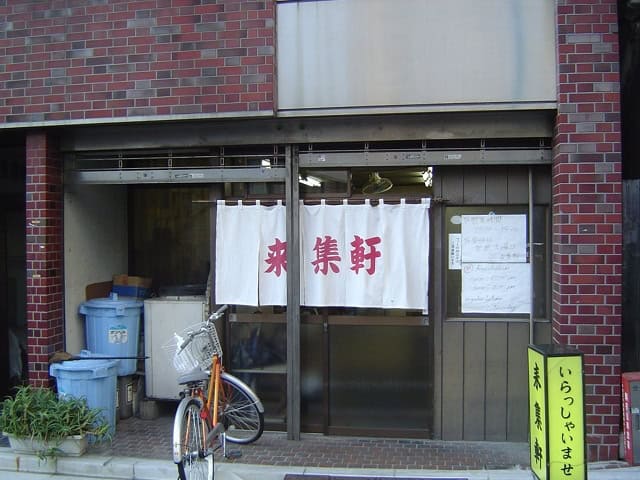

Located in Asakusa, the birthplace of ramen after the war, this popular restaurant has been popular in the local area for a long time. Whilst it is an old-style style that harmonizes the sweetness of vegetables with pork bones and chicken bones, it has an addictive taste that is strongly driven by soy sauce kaeshi. You can feel the remnants of good old ramen in the curly noodles that have been brushed by hand. The key point here is that the noodle-making industry, which started before ramen shops, was founded in Meiji 43.
Manfuku (萬福)

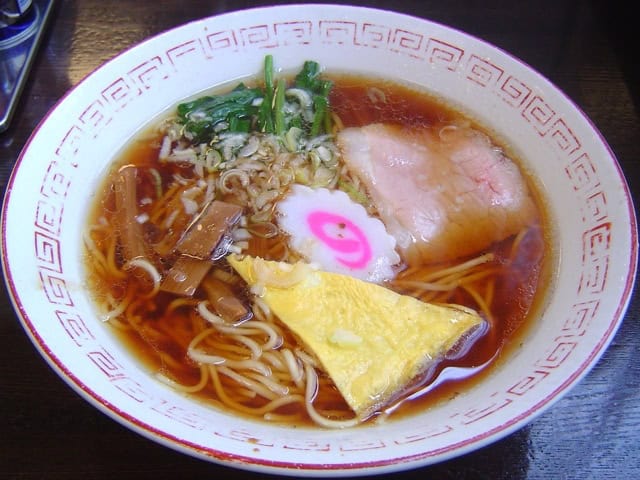
A long-established ramen shop that represents Tokyo, founded in Showa 4. It is a ramen that mainly consists of chicken bones and niboshi (dried sardine stock), and is historically interesting in that it used seafood broth ahead of the Ogikubo area. The Chinese soba noodles that contain grilled yellow triangular egg that has not changed since the company’s founding is their trademark. The nostalgic soup with ginger has a faint aroma of seafood and green onion oil that creates a moderate richness.
Kiraku (喜楽)

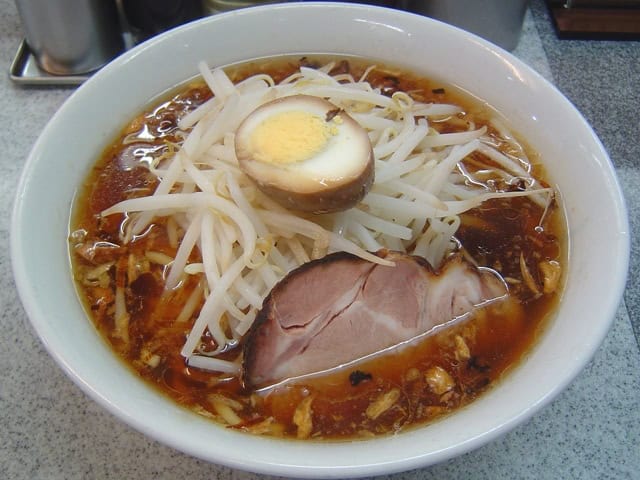
Founded in Showa 28. Speaking of ramen in Shibuya, there is almost always a name for a long-established ramen shop. The sweet and fragrant aroma of fried green onions, the refreshing feeling of sprouts, and the now rare ripe boiled egg are its best characteristic. The unique flat noodles blend well into the soup and carry the umami flavor. In a place where there is a lot of turnovers, there are many fans who would go for the taste for more than half a century with two generations of parents and children.
Daishoken (大勝軒)
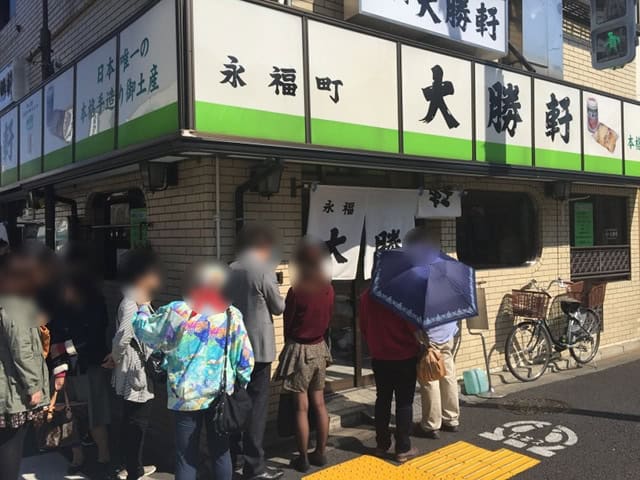
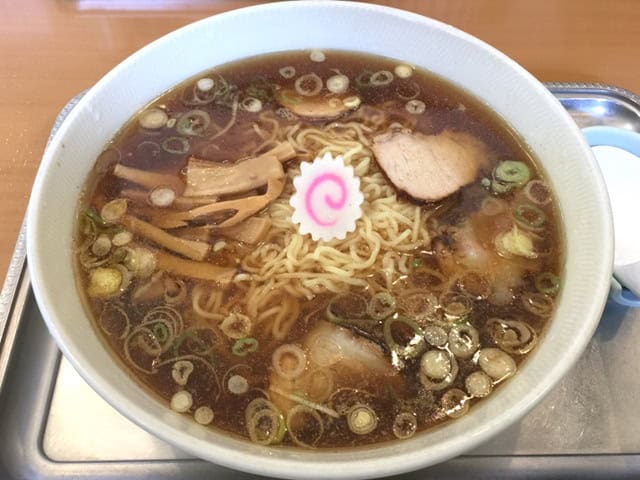
“Daikatsuken” is not “tsukemen” founded in Eifukucho in Showa 30. Their Ramen that kept customers queuing for many years continues to “change the taste” and has an unfading taste that meets the needs of the times. When the thick layer of lard is broken, the aroma of dried noodles rises, and the chewy noodles with a strong wheat flavor appear. Their serving for both noodles and soup are overwhelmingly large, twice as large as regular ramen restaurants.
Harukiya (春木屋)

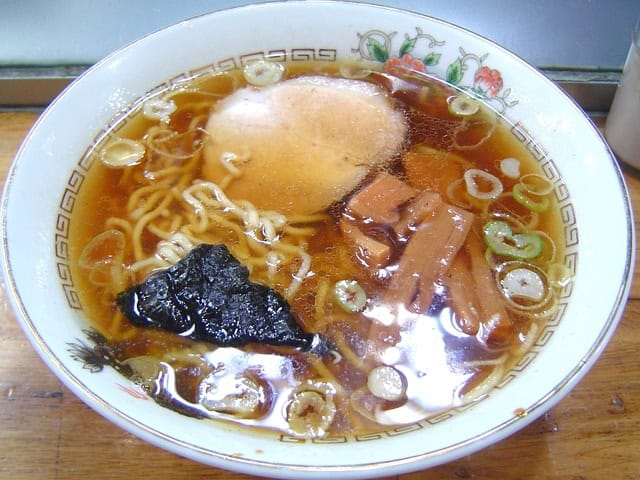
A famous restaurant that started as a food stall in Ogikubo after the war and made the name of “Ogikubo Ramen” with seafood known throughout the country. The harmony between niboshi and soy sauce is created by the meticulous care that begins early in the morning and adjusts the portion amount according to the weather and humidity. Advocating the so-called “Harukiya Theory,” which is commonly known as “continuing to change because it is said to have an unchanging taste,” he is an industry mogul who influences ramen shops nationwide.
Takeaway
Because of its timeless taste and simplicity, it is safe to say that Tokyo Ramen is the predecessor of all ramen. No wonder it remains one of the most sought-after types of ramen not just in Tokyo alone, but all over Japan.
If you’re a huge fan of ramen, check out other kinds of ramen that will surely captivate your taste buds.
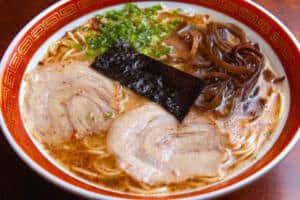
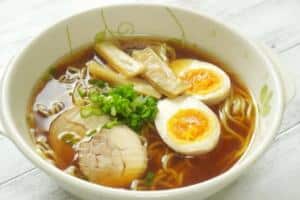
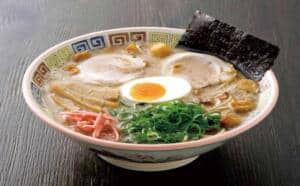

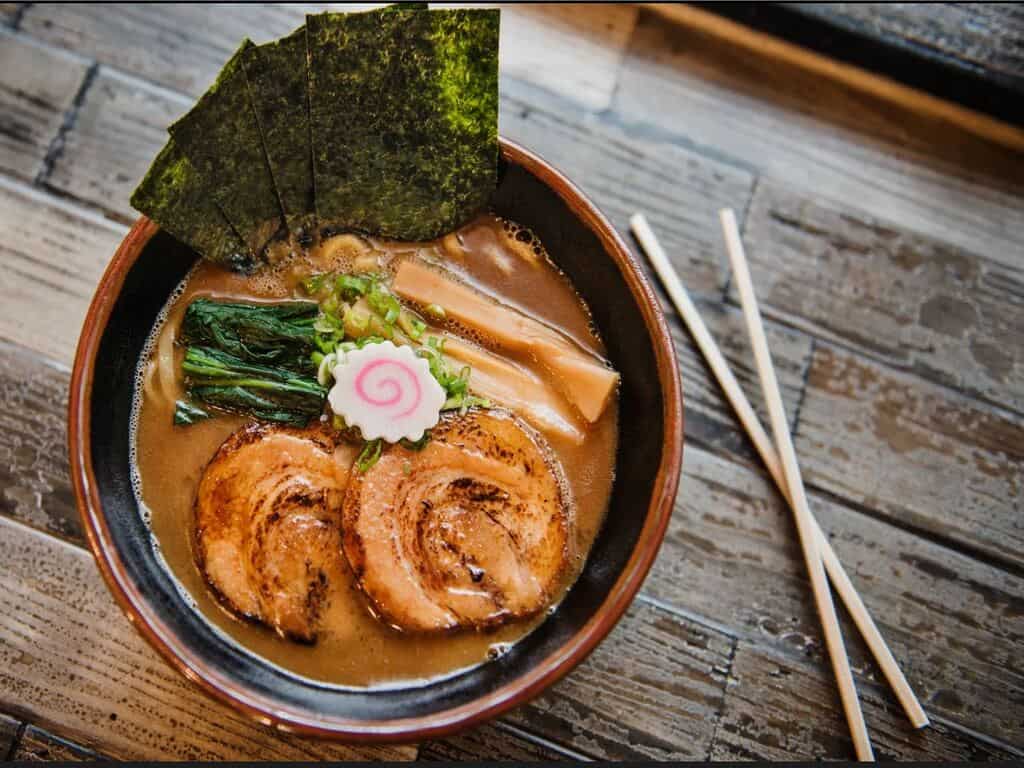
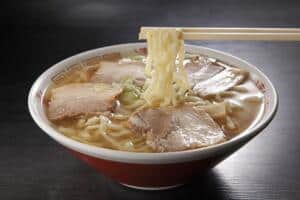
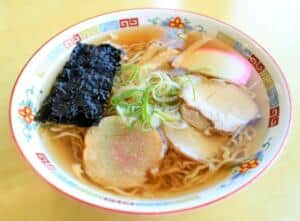
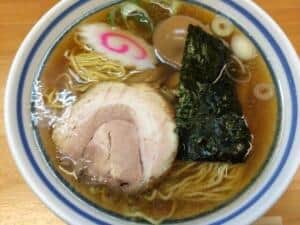
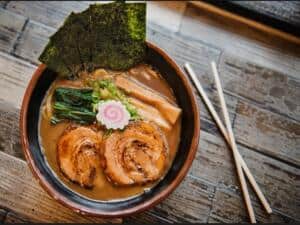
Comments